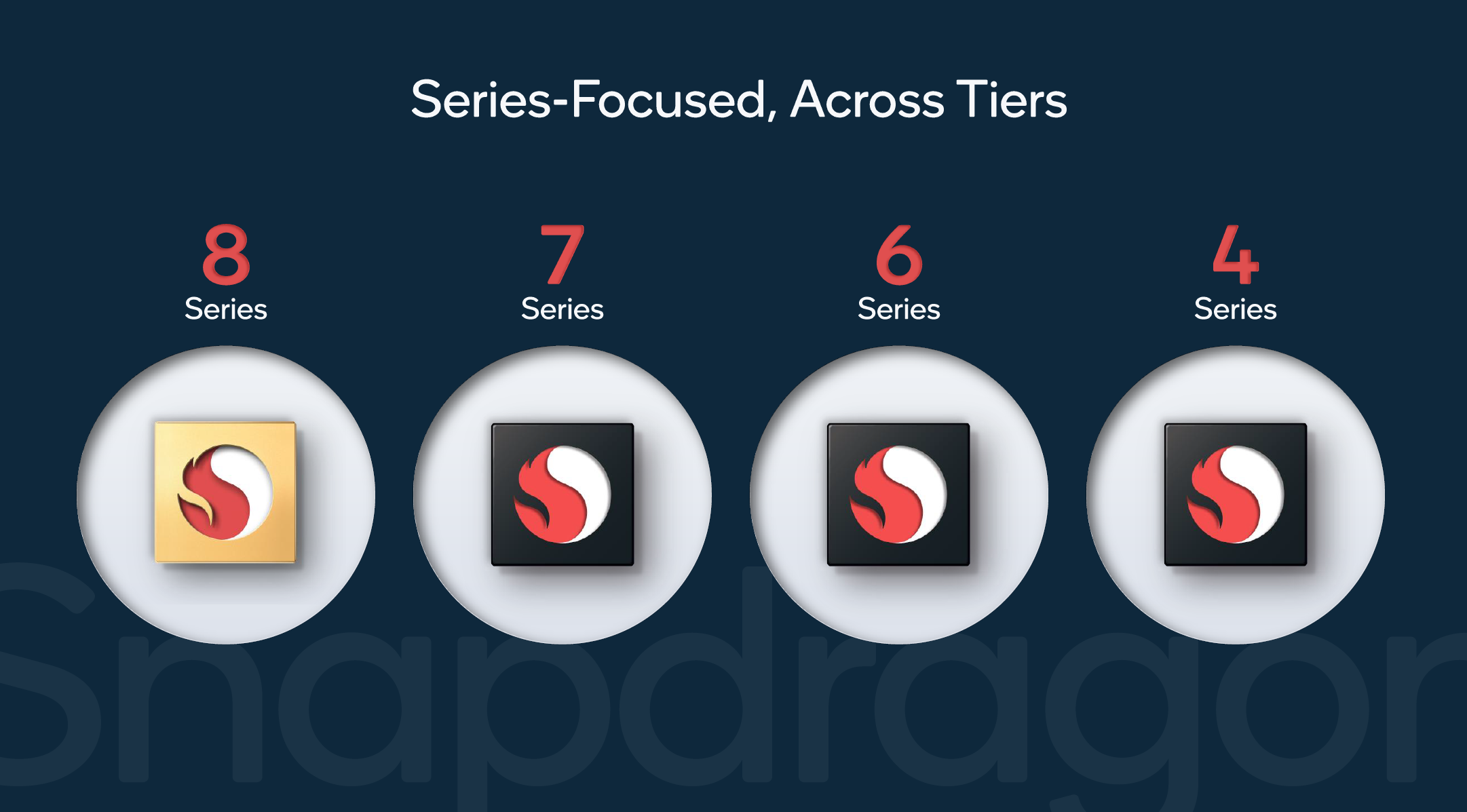With the growing number of custom mobile processors like Google’s Tensor putting pressure on long-time chipmakers, Qualcomm needs to keep up. The company just announced its upcoming flagship chip, the Snapdragon 8 Gen 1, and is promising a new era for mobile computing.
After last year’s Snapdragon 888, Qualcomm is hoping to distinguish its upcoming flagship mobile chip from previous generations by using a new naming scheme in addition to a whole host of new features and capabilities.
Instead of the Snapdragon 898, Qualcomm is calling its new chip the Snapdragon 8 Gen 1, with a similar scheme expected to be applied to Qualcomm’s future budget and mid-range chips (e.g. Snapdragon 6 Gen 1 instead of something like Snapdragon 695). Qualcomm says its name change tested well with focus groups — the single number apparently garnered a positive reaction — though I personally feel Snapdragon 888 rolls off the tongue a lot better than Snapdragon 8 Gen 1. But name change done; let’s move on to the important stuff.

For the Snapdragon 8 Gen 1, Qualcomm has upgraded nearly every aspect of its CPU’s mobile performance. Qualcomm claims the Snapdragon 8 Gen 1’s new Kryo CPU features a high-performance Arm Cortex-X2 core and delivers 20% faster overall performance while being 30% more power-efficient than the Snapdragon 888, while the new Adreno GPU boasts even bigger gains of 30% faster graphics and 25% increased power savings.
To challenge the much-improved AI processing from rivals like Google’s Tensor chip, Qualcomm says the Snapdragon 8 Gen 1 features its new 7th-gen AI engine, which offers four times better AI processing than before, double the amount of shared memory, and two times better tensor acceleration. The Snapdragon 8 Gen 1 has a new third-gen Sensing Hub designed to provide better low-power AI performance. With AI and machine learning performance quickly becoming one of the most important aspects of a mobile SoC, the Snapdragon 8 Gen 1’s new AI engine could be one the biggest deciding factors for phone makers trying to decide which chip will power future smartphones and tablets.

The other area where Qualcomm is claiming some major gains is in camera performance with the addition of Snapdragon Sight, which features a new 18-bit ISP that can capture up to 8K video with real-time HDR while also supporting improved low-light processing. The move to an 18-bit ISP mirrors a similar move MediaTek made with the recently announced Dimensity 9000, though Qualcomm also has other useful on-chip features like a dedicated bokeh engine for video, a new ultra-wide engine for correcting distortion created by ultra-wide lenses, and more.
However, what could be the Snapdragon 8 Gen 1’s biggest advantage over its competitors is integrated support for Qualcomm’s X65 5G modem, which promises theoretical max 5G speeds of up to 10 Gbps. And unlike the MediaTek Dimensity 9000, which still doesn’t support mmWave 5G, the Snapdragon 8 Gen 1 works with standalone and non-standalone 5G networks using both sub-6Ghz and mmWave 5G. And with support for both Wi-Fi 6 and Wi-Fi 6E, the Snapdragon 8 Gen 1 should also deliver fast wireless speeds of up to 3.6 Gbps.

Finally, for gamers, the Snapdragon 8 Gen 1 uses Qualcomm’s new Adreno Frame Motion Engine to deliver higher framerates and smoother animations, while Qualcomm’s new Audiokinetic tech promises to provide a “console-quality” audio experience, though I’m going to wait until I can hear this for myself before I really believe it.
Like all new mobile chip announcements, it’s important to remember that while the SoC itself might support a range of fancy new features, it’s still ultimately up to the actual device makers (Samsung, OnePlus, etc.) to implement all of Qualcomm’s new tech in future phones. Qualcomm says that new devices featuring the new Snapdragon 8 Gen 1 chip could be available (or at least announced) sometime before the end of this year, so hopefully it won’t be long until we can see what Qualcomm’s new flagship mobile chip can really do.
